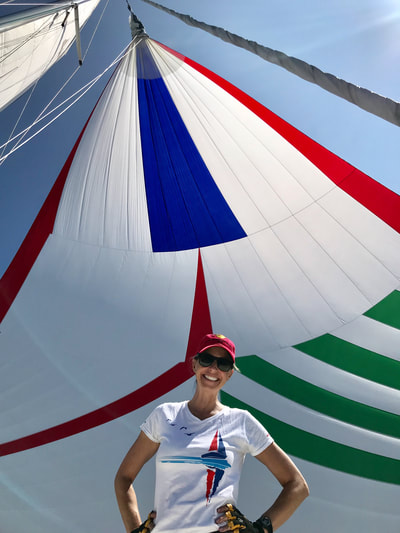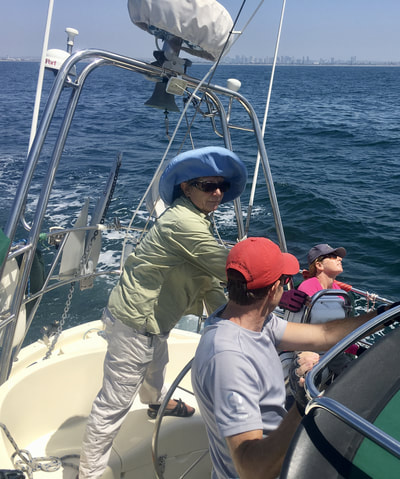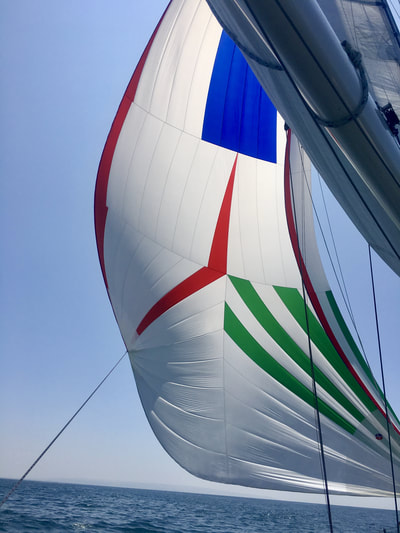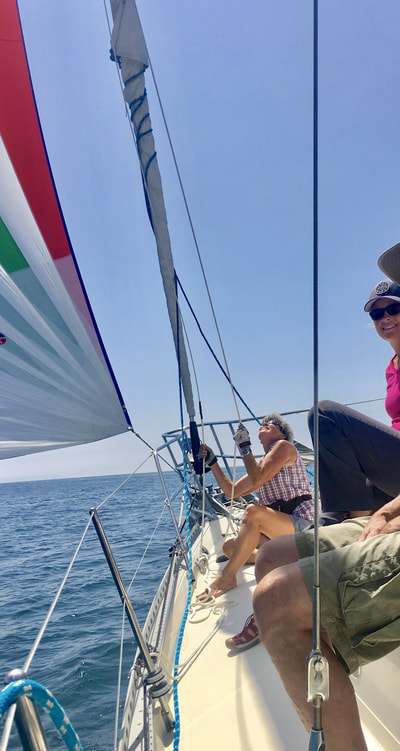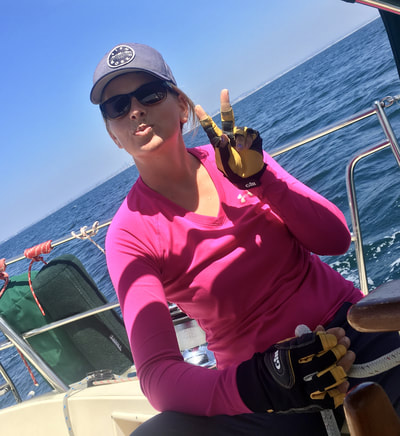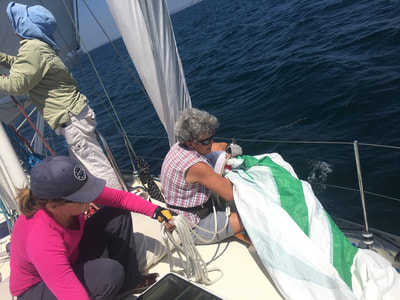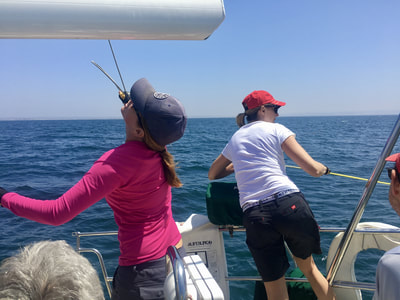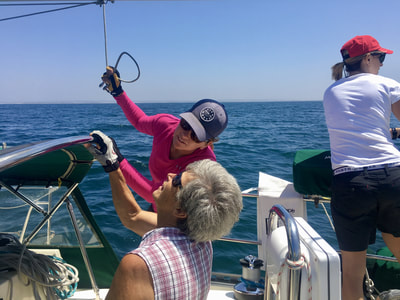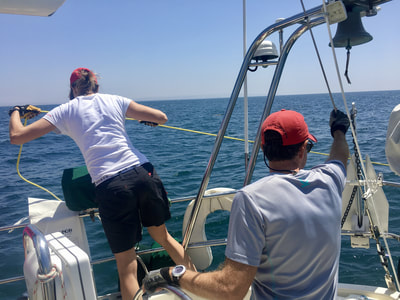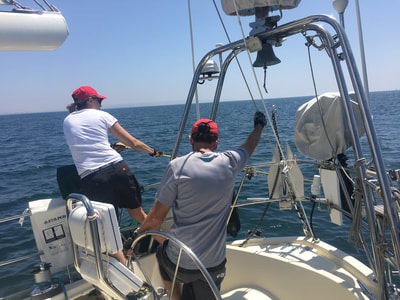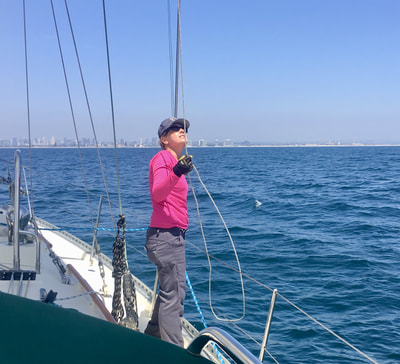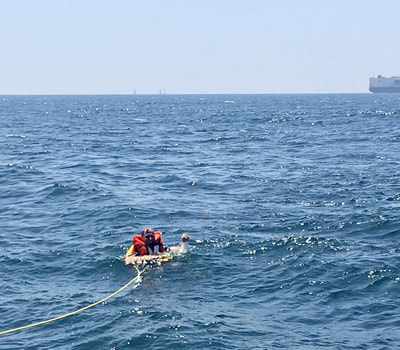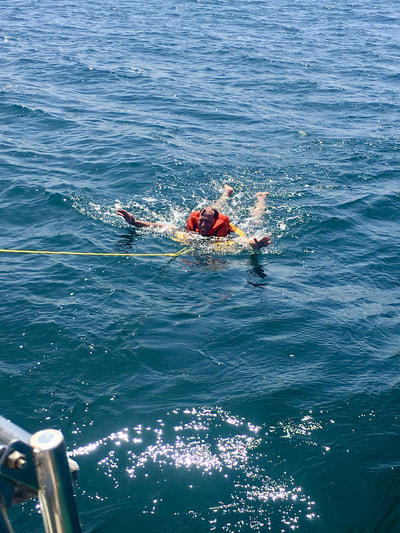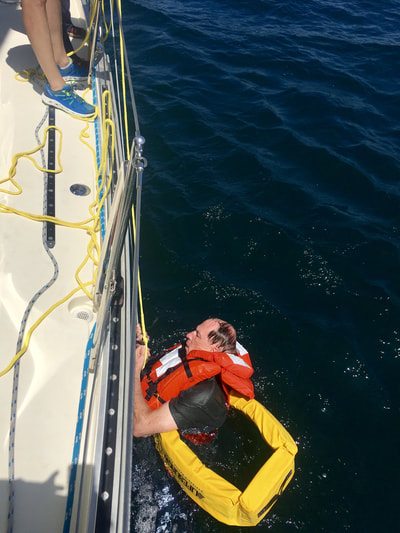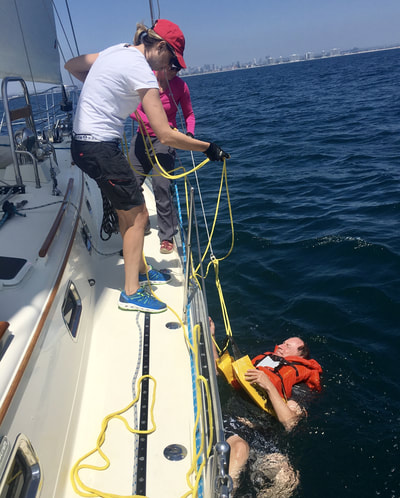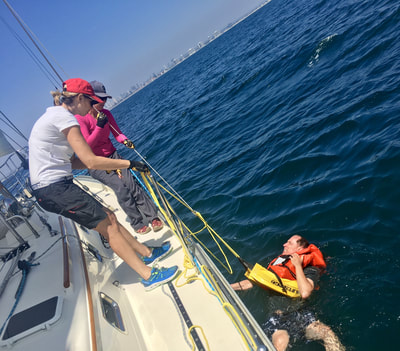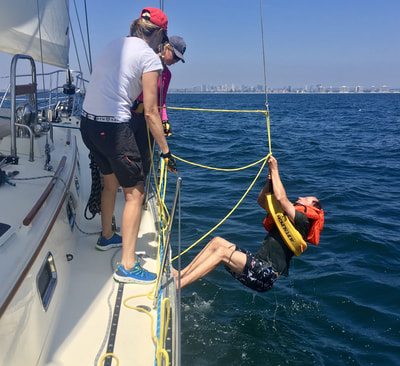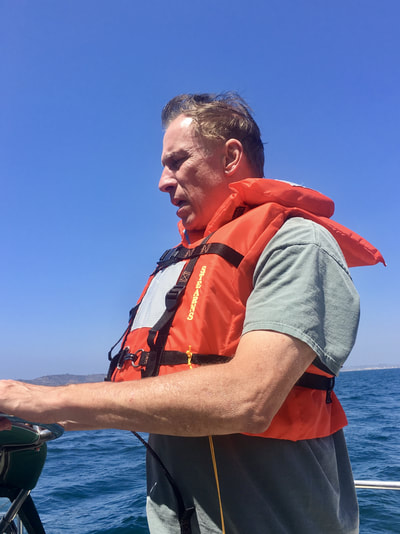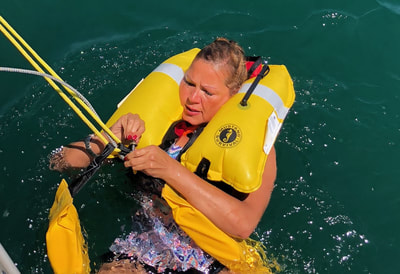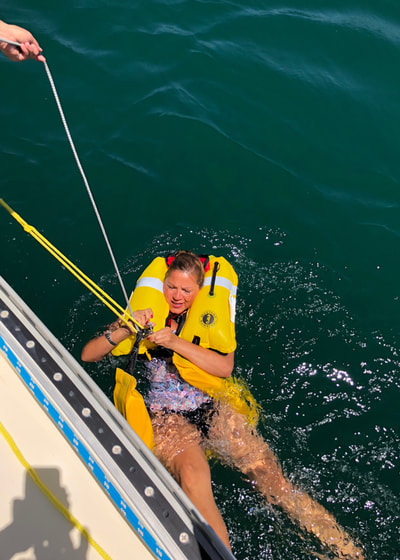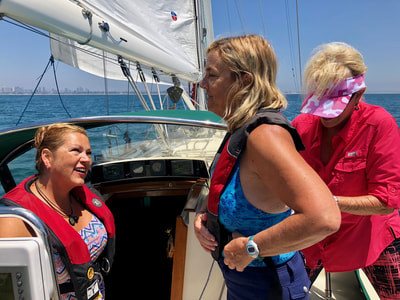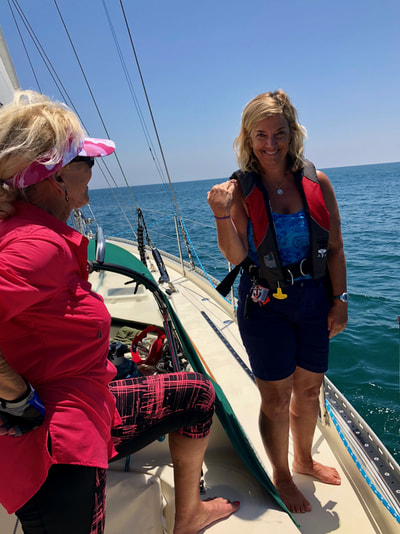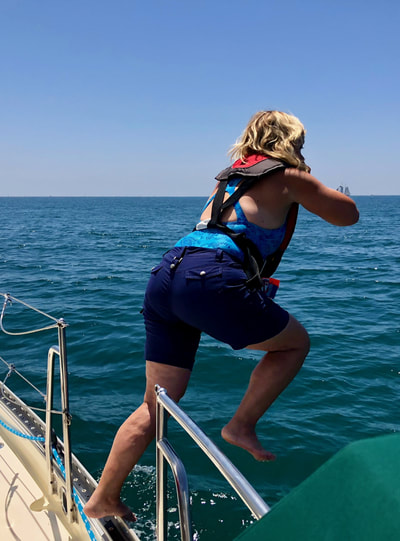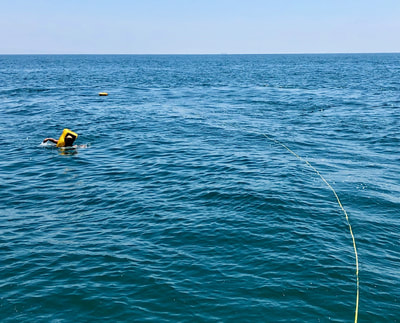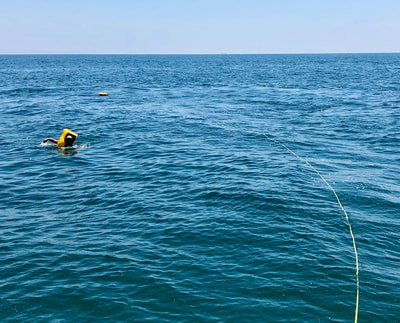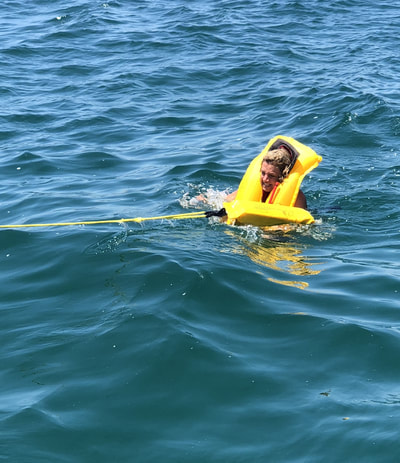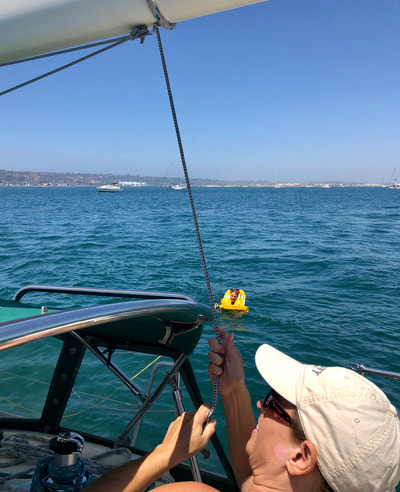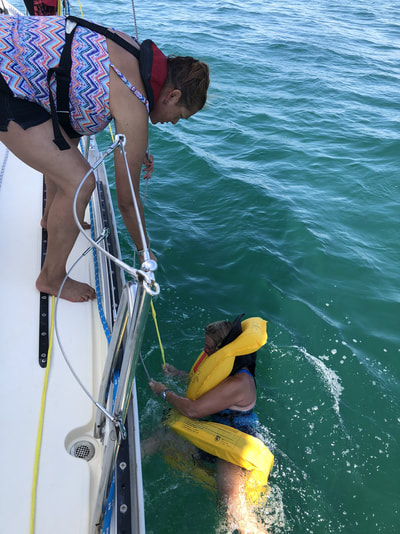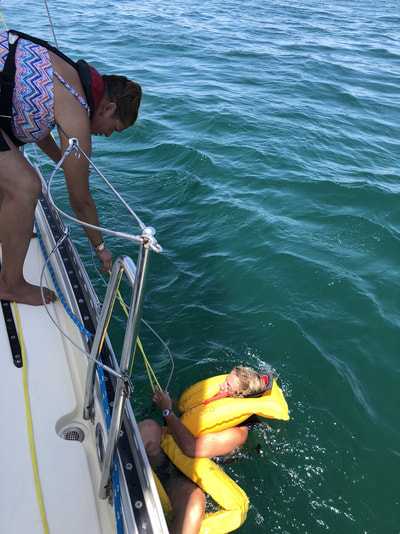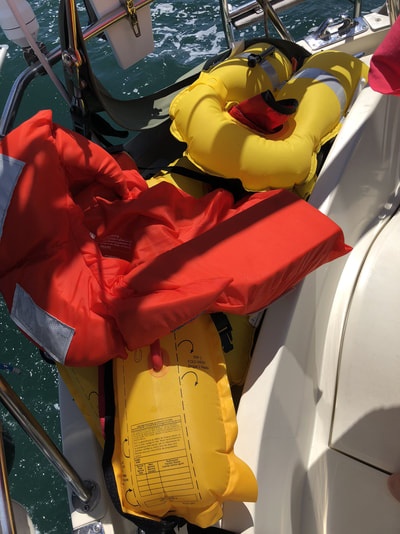|
Not following this list can seriously impact your safety, comfort and enjoyment. Please go through this sheet twice carefully. Once when you first receive it and again three weeks before the expedition.
Two months prior to the expedition: 4 color copies of your passport photo page Your gear must fit in two bags: a soft-sided duffel bag no larger than Henri-Lloyd’s Storm Barrel Duffel, (max. length 30”, max. girth 60”) and a medium-sized frameless knapsack similar to Gill 30 Liter or Grundens Gage Liter Rum Runner Waterproof. The knapsack is useful for hiking and shore trips. You must be able to easily carry your duffel and knapsack yourself: Total maximum weight for all of your gear is 30 Ibs. on tropical legs. You’ll weigh your bags on the dock, leaving ashore anything over 30 lbs. This is no joke! No satphones, tracking devices, suitcases, hair dryers, camera bags, bags with wheels, metal framed backpacks, folding luggage carts, guitars or excuses, please. Nearly everyone brings more than needed. Each person has two small lockers for clothes and toiletries plus shared lockers for shoes & foulies. Folding and organizing clothing in Eagle Creek Cubes or Zip-Loc bags saves space.
Foul Weather Jacket, Safety Harness and Tether
Footwear
Miscellaneous Gear
Seasickness: For the first 24-48 hours of any ocean passage many of us are queasy, if not seasick. We have found that eliminating coffee and increasing water intake to two liters daily for two weeks before joining the expedition greatly reduces the chance of seasickness and dehydration. We recommend you bring:
Travel and trip cancellation insurance, www.csatravelprotection.com. Please arrive at least 30 hours before the start of the expedition. 1. The names and functions of all lines in the cockpit
2. How to stow a fender on the stern pulpit with a rolling hitch and two half hitches 3. How to coil and stow the bow lines. 4. How to coil and stow the stern lines. 5. How to tie a fender onto a stanchion with a round turn and two half hitches. 6. How to tie the Life Sling on the stern with a bowline. 7. How to heave too. 8. How to circle an overboard person in the water with a life sling and then put the boat into a heave too position. |
|

